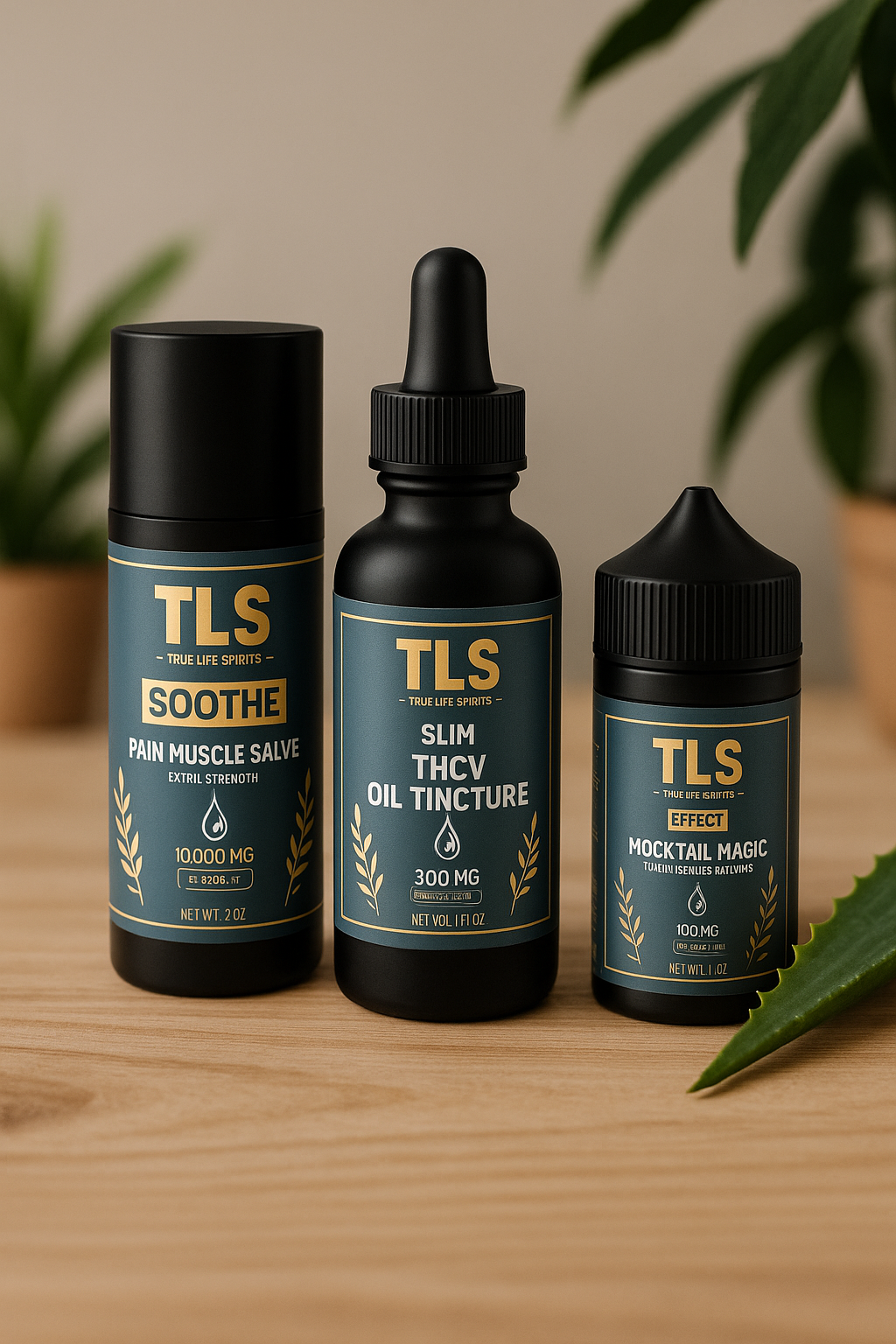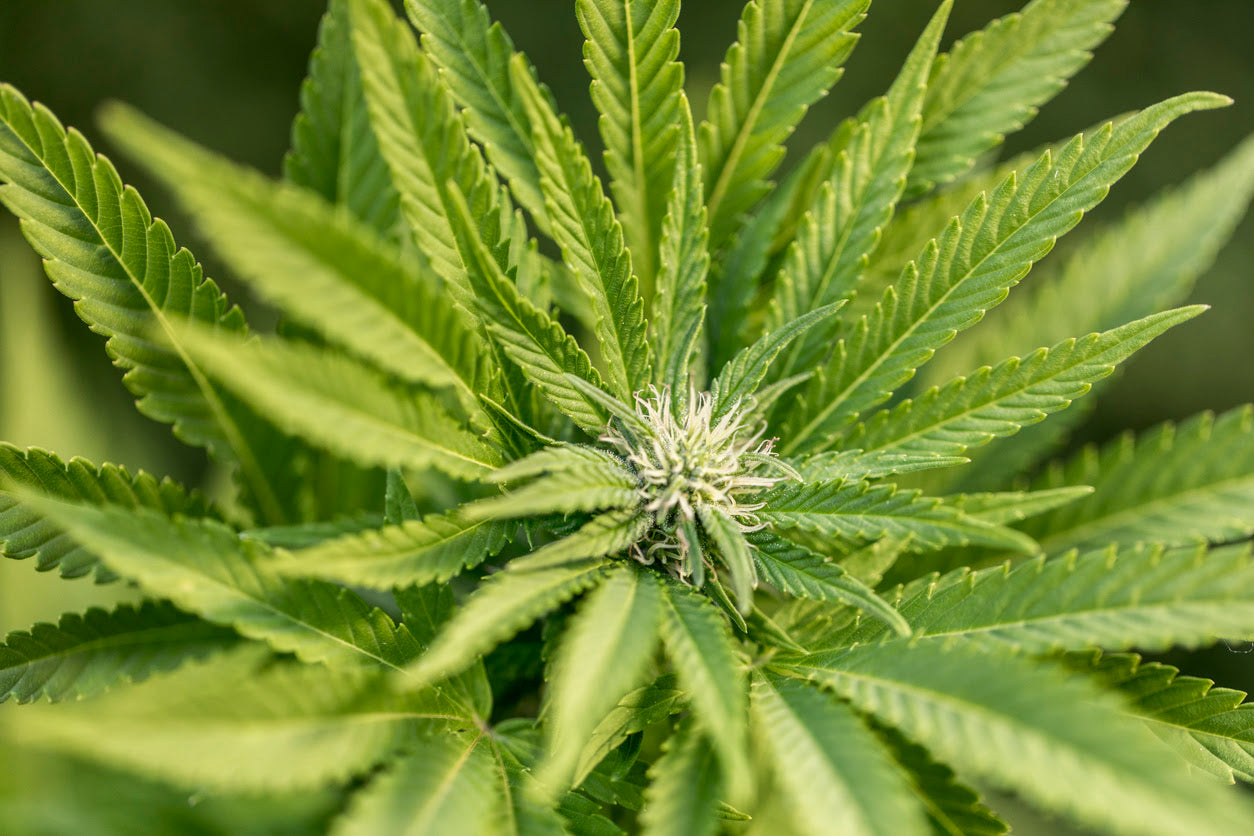Tetrahydrocannabivarin (THCV) oil is emerging as a fascinating player in the world of cannabis-derived products, captivating both wellness enthusiasts and researchers with its unique properties. Unlike its more famous cousin, THC, which is known for its psychoactive effects, THCV offers a distinct profile that’s sparking curiosity across the globe. As THCV oil becomes increasingly available for sale, understanding its science, benefits, and market trends is essential for anyone looking to explore this cannabinoid’s potential. This blog post dives into the facts, figures, and allure of THCV oil, shedding light on why it’s generating such buzz.
The Science Behind THCV: A Cannabinoid with a Twist
THCV, or tetrahydrocannabivarin, is a minor cannabinoid found in certain strains of Cannabis sativa. Structurally similar to THC, it differs in its molecular makeup, with a shorter carbon chain that alters its interaction with the body’s endocannabinoid system. While THC binds strongly to CB1 receptors in the brain, producing the characteristic “high,” THCV acts as a neutral antagonist at low doses and a partial agonist at higher doses, leading to varied effects. According to a 2015 study published in the Journal of Cannabis Research, THCV’s unique receptor interaction may contribute to its potential therapeutic benefits without the intense psychoactivity of THC. This makes THCV oil an appealing option for those seeking wellness benefits without significant mind-altering effects. Additionally, THCV is often derived from African and Southeast Asian cannabis strains, such as Durban Poison, which naturally contain higher levels of this cannabinoid.
Potential Health Benefits: What the Research Says
The therapeutic potential of THCV is a major draw for consumers exploring THCV oil for sale. Early research suggests it may offer a range of health benefits, making it a versatile addition to the wellness landscape. A 2016 study in Diabetes Care found that THCV may help regulate blood sugar levels and improve insulin sensitivity, offering promise for managing type 2 diabetes. Unlike THC, which can stimulate appetite, THCV is often dubbed the “diet weed” for its potential appetite-suppressing effects, as noted in a 2015 study in the British Journal of Pharmacology. This could make it a game-changer for weight management. Additionally, preclinical studies, such as one published in 2020 in Neuropharmacology, indicate THCV may have neuroprotective properties, potentially aiding in conditions like Parkinson’s disease. While more human trials are needed, these findings highlight THCV’s exciting possibilities, driving demand for high-quality THCV oil products.
THCV Oil in the Market: Trends and Availability
The market for THCV oil is growing rapidly, fueled by increasing consumer interest in minor cannabinoids. According to a 2023 report by Grand View Research, the global CBD and cannabinoid market is projected to grow at a compound annual growth rate (CAGR) of 22% from 2023 to 2030, with minor cannabinoids like THCV gaining traction. THCV oil is typically sold as tinctures, capsules, or vape cartridges, often blended with other cannabinoids like CBD or CBG to enhance the entourage effect. Brands like Binoid and Area 52, as highlighted in a 2025 article on lasvegasoptic.com, offer potent THCV oils with third-party lab testing to ensure purity and potency. These products often contain less than 0.3% THC, making them federally legal in the U.S. under the 2018 Farm Bill. However, availability can vary due to the scarcity of THCV-rich cannabis strains, which contributes to its premium price point compared to CBD oil.
How THCV Oil Differs from CBD and THC Oils
Understanding how THCV oil stands apart from CBD and THC oils is key for consumers navigating the crowded cannabinoid market. While CBD is non-psychoactive and widely used for anxiety and pain relief, THCV offers a more energizing effect, often described as a clear-headed, uplifting high at higher doses. Unlike THC oil, which is known for inducing relaxation and euphoria, THCV oil may provide focus and mental clarity, making it suitable for daytime use. A 2024 article on essexreporter.com notes that top THCV oils, such as Area 52’s UFO Full-Spectrum THC Oil, combine THCV with CBD and CBG for balanced effects. This synergy enhances its appeal for users seeking wellness without sedation. Additionally, THCV’s shorter duration of action—typically 1-2 hours compared to THC’s 4-6 hours—makes it a practical choice for those wanting shorter-acting effects.
Legal Landscape: Navigating THCV Oil Regulations
The legal status of THCV oil is a critical consideration for buyers. In the U.S., THCV is generally considered legal if derived from hemp containing less than 0.3% THC, as per the 2018 Farm Bill. However, state laws vary, with some imposing stricter regulations on all cannabis-derived products. Globally, THCV’s legality depends on local cannabis laws; for instance, it’s tightly regulated in countries like Canada and the UK, where only licensed medical products are permitted. A 2024 report from releaf.co.uk emphasizes that consumers should verify the source and lab reports of THCV oil to ensure compliance with local regulations. This is particularly important as THCV’s similarity to THC can raise concerns in regions with stringent drug testing policies, although THCV is less likely to trigger positive results on standard tests.
How to Choose Quality THCV Oil: Tips for Consumers
With THCV oil gaining popularity, selecting a high-quality product is crucial. First, look for brands that provide third-party lab testing, which confirms the product’s cannabinoid content and absence of contaminants like pesticides or heavy metals. Reputable vendors, such as those listed on cbd-world-online.com, often share certificates of analysis (COAs) on their websites. Second, opt for full-spectrum or broad-spectrum THCV oils, which retain terpenes and other cannabinoids for enhanced efficacy. Third, check the source of the hemp; U.S.-grown hemp, particularly from Oregon, is often praised for its quality, as noted in a 2025 lasvegasoptic.com article. Finally, start with a low dose—typically 2.5-5 mg of THCV per serving—to gauge its effects, as individual responses vary. Consulting a healthcare professional is advisable, especially for those with medical conditions or on medications.
The Future of THCV Oil: What Lies Ahead
The future of THCV oil is bright, with ongoing research and market expansion pointing to its growing influence. Scientists are exploring its potential in areas like addiction treatment and seizure management, with a 2023 study in the Journal of Psychopharmacology suggesting THCV may reduce nicotine dependence. As cultivation techniques improve, the availability of THCV-rich cannabis strains is expected to increase, potentially lowering costs. The rise of personalized wellness is also driving innovation, with brands experimenting with THCV-infused edibles and topicals. Social media platforms like X highlight growing consumer excitement, with posts praising THCV’s clarity-inducing effects for creative pursuits. As the industry evolves, THCV oil could become a staple in wellness routines, offering a unique blend of science-backed benefits and user-friendly applications.
Conclusion: Why THCV Oil Deserves Your Attention
THCV oil is more than a trend—it’s a cannabinoid with untapped potential, blending science, wellness, and innovation. From its promising health benefits to its unique effects, THCV stands out in a crowded market, offering a fresh alternative to CBD and THC oils. As research expands and regulations adapt, THCV oil is poised to carve out a significant niche. For those exploring THCV oil for sale, prioritizing quality, legality, and informed use is key to unlocking its benefits. Whether you’re seeking focus, appetite control, or potential therapeutic relief, THCV oil invites you to discover a new dimension of cannabis wellness.
Reference:
1. Abioye, A., Ayodele, O., Marinkovic, A., Patidar, R., Akinwekomi, A., & Sanyaolu, A. (2020). Δ9-tetrahydrocannabivarin (thcv): a commentary on potential therapeutic benefit for the management of obesity and diabetes. Journal of Cannabis Research, 2(1). https://doi.org/10.1186/s42238-020-0016-7
Cunha, R., Salamanca, G., Mille, F., Delprete, C., Franciosi, C., Piva, G., … & Chiocchetti, R. (2023). Endocannabinoid system receptors at the hip and stifle joints of middle-aged dogs: a novel target for the therapeutic use of cannabis sativa extract in canine arthropathies. Animals, 13(18), 2833. https://doi.org/10.3390/ani13182833





Leave a comment
This site is protected by hCaptcha and the hCaptcha Privacy Policy and Terms of Service apply.